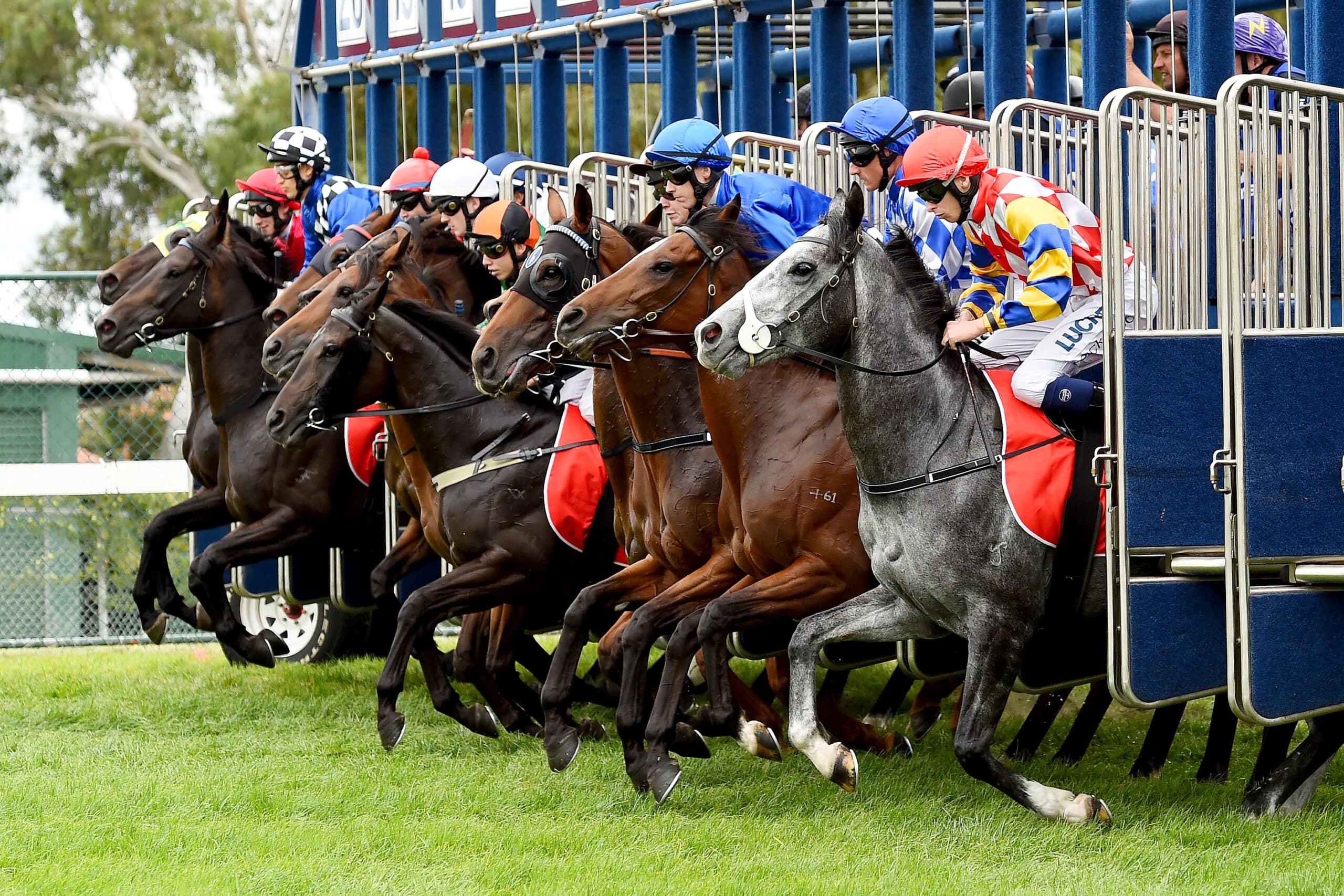The Australian thoroughbred horse racing industry injects $9.1 billion (directly and indirectly) to the Australian economy each year. Ensuring the ongoing viability of the industry is vital to the Australian economy and safeguarding the welfare of horses is important to the industry and the broader community. To achieve this welfare aim, industry participants need to know how horses move in, through and out of the industry.
With funding from AgriFutures Thoroughbred Horses Program, Dr Meredith Flash and a team of researchers from the University of Melbourne recently concluded an in-depth study into the demographics of the Australian national thoroughbred racehorse population for the 2017–18 season. The Wellbeing: Racing demographics, reasons for retirement and post-racing destinations project interrogated industry records to describe the patterns of racing at national, state and territory levels during a single racing season.
Racing Australia (RA) supplied data for all RA-registered horses in the 2017–18 racing season. Analyses were conducted on the total population of 37,704 thoroughbred horses trained with an intention to progress to a race start, or that raced between 1 August 2017 and 31 July 2018 across Australia.
“Knowing how many racehorses leave the industry’s care and where they go after racing will assist with resourcing programs that transition horses to their post-racing career, and will help evaluate the efficacy of such programs,” Dr Flash said.
As part of the project, the research team surveyed trainers across Australia to gather information on ‘inactive’ horses to identify the reasons these horses were not participating in racing at the end of the season.
Dr Flash explained that this group of horses were those undertaking active non-stable training, were spelling, had been transferred, were retired, had been exported or were deceased.
“Of the 37,704 horses registered to participate in the 2017-18 season, 12,996 were inactive,” Dr Flash said.
“We asked 1,254 trainers to nominate an outcome, age at the time of the outcome, and reason for the outcome for a representative sample of 2,509 inactive horses.”









